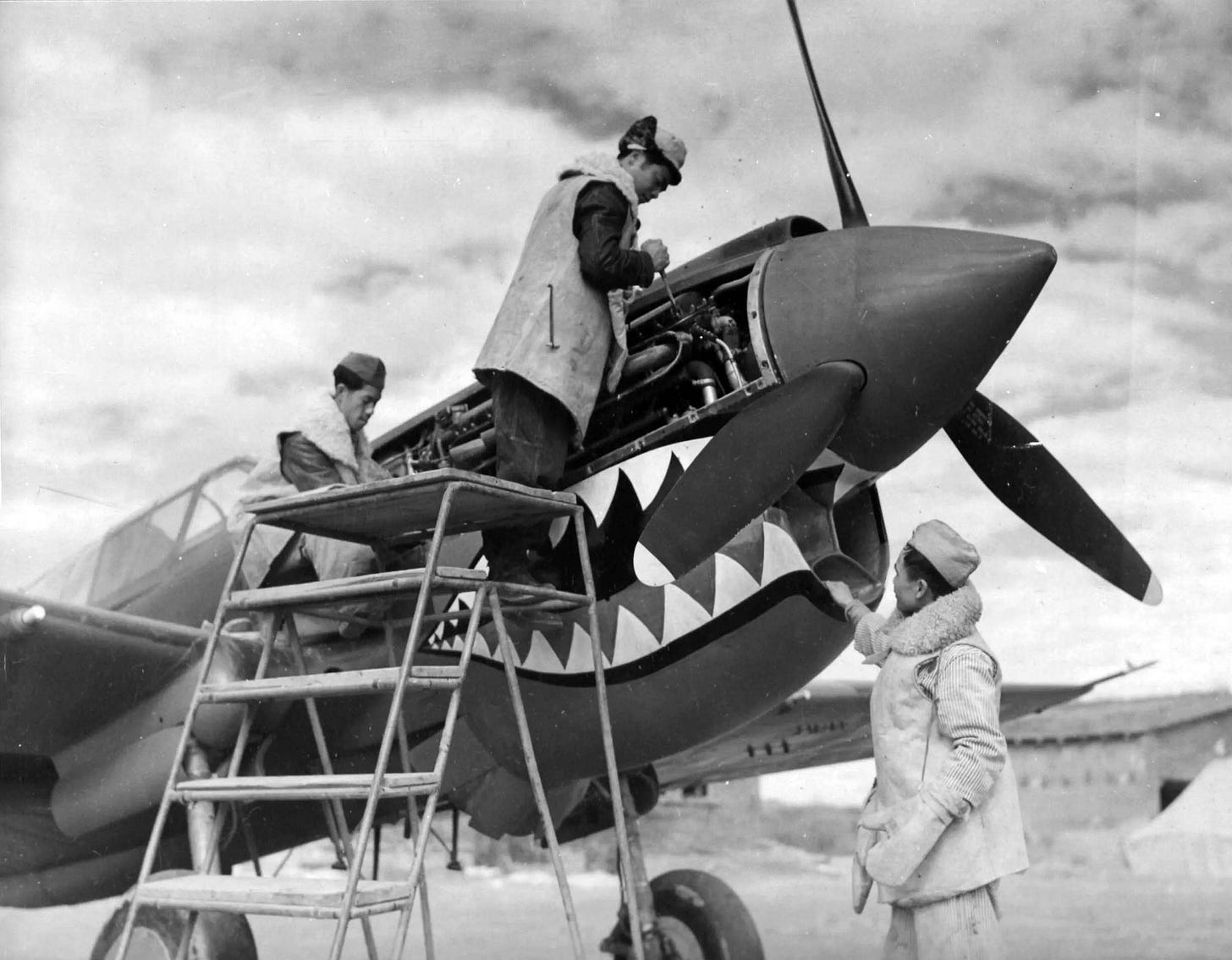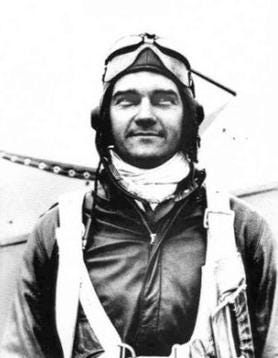Flying Tigers attack Chiang Mai
24th March 1942: The American Volunteer Group launch a dawn raid on Japanese airfields in Thailand and destroy many aircraft on the ground

The American Volunteer Group - better known as the ‘Flying Tigers’ - were a group of independent American airmen who flew for the Chinese nationalists against the Japanese - mercenaries. Most of them had resigned from the U.S. military in order to volunteer. In time they would be re-absorbed back into the U.S.A.A.F..
After learning to fly with the US Army Air Corps Charles R. Bond had been posted (based on his surname being early in the alphabet) to fly some of the first B-17s - under First Lieutenant Curtis Lee May - and then went to Ferry Command. Volunteering for the AVG meant he could get back to his first love - fighters.
The Flying Tigers had only been operational since December 1941, after training in Burma but had already had remarkable success against the Japanese Air Force.
On 24th March two formations from the AVG made a daring raid deep into Thailand, a puppet state of Japan, to hit the main airfield at Chiang Mai and another base at Lampang.

‘I positioned myself to cross the field the longest way, seeing a line of parked Japanese I-97 fighters. I pulled back preparing to strafe the entire line. Now it was clear: we had caught them flat-footed without any warning.’
Bond1 describes this raid, where the first problem was identifying the target:
Keep reading with a 7-day free trial
Subscribe to World War II Today to keep reading this post and get 7 days of free access to the full post archives.


